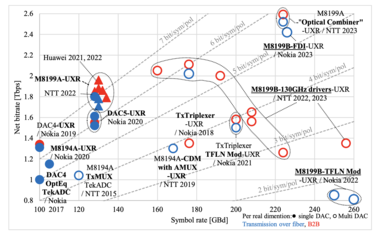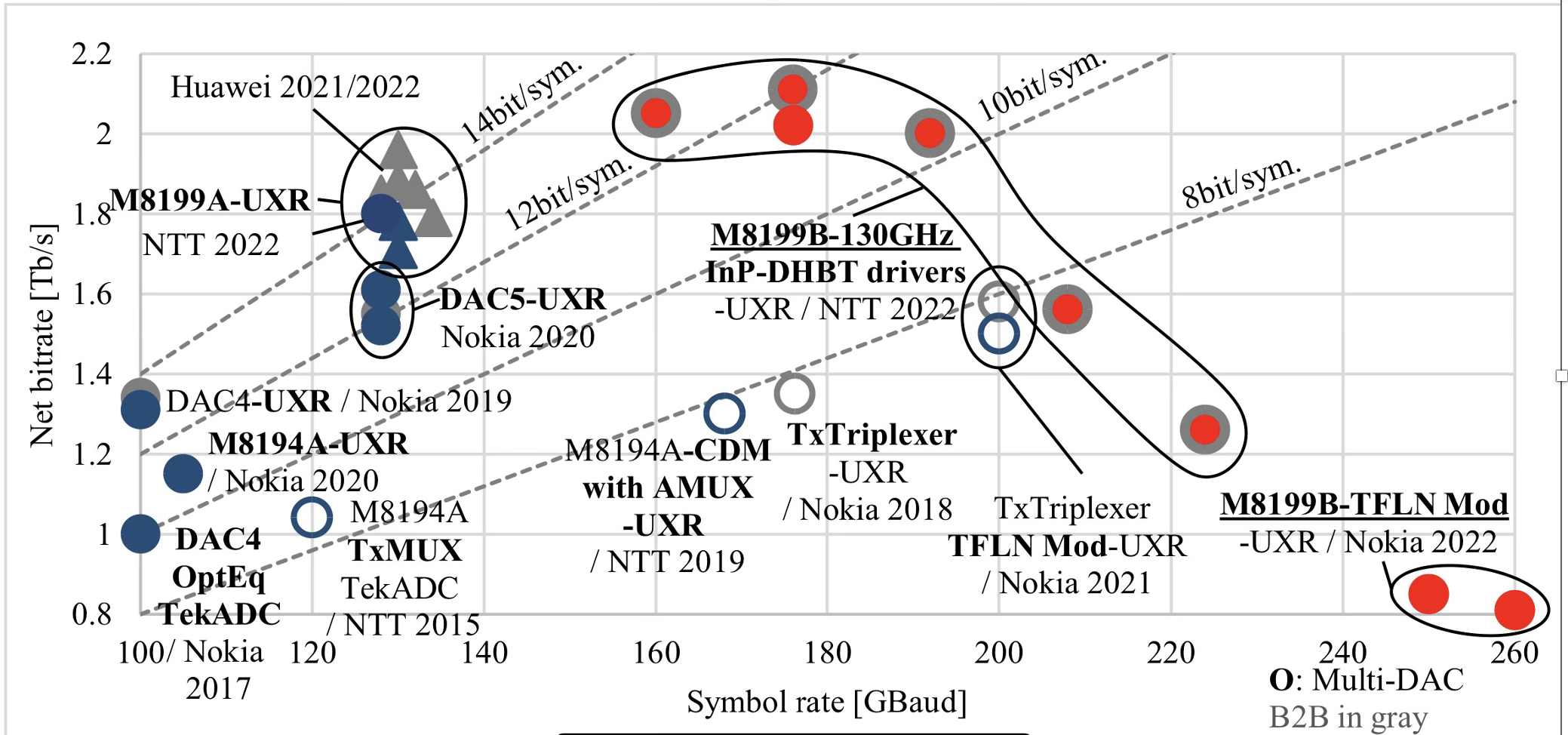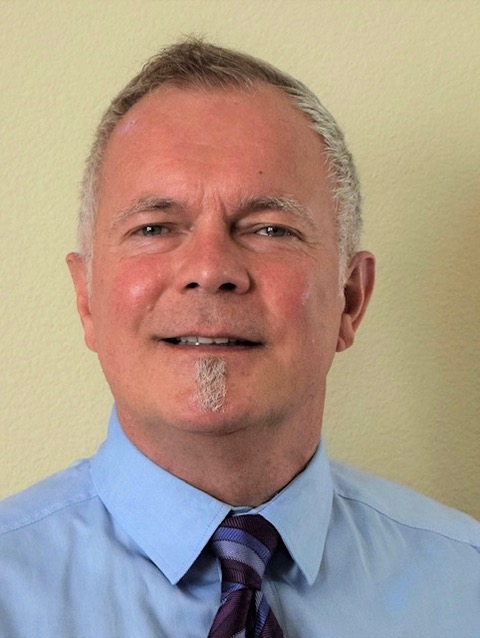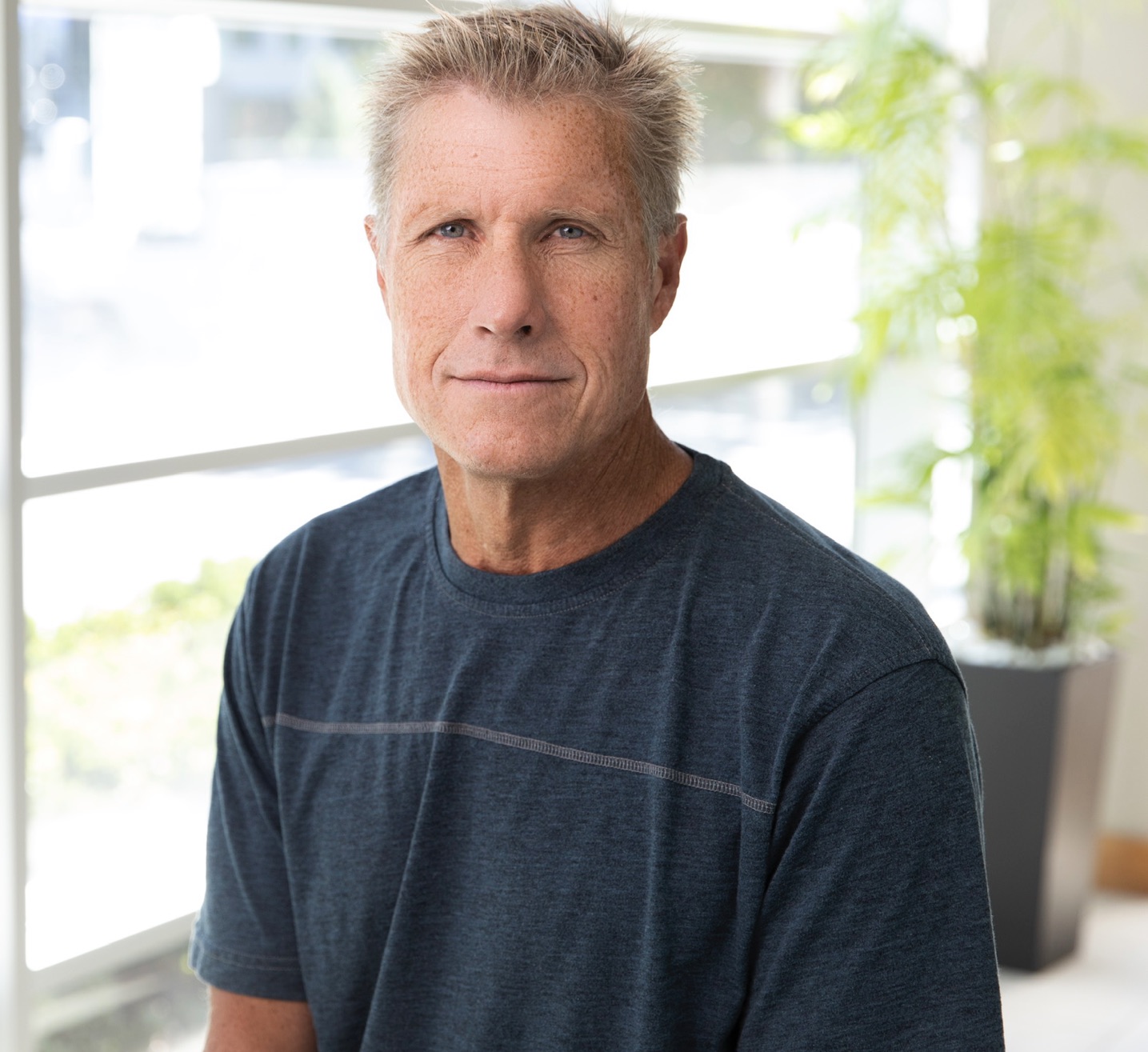OFC 2024 reflects a mature industry with new offshoots
 Friday, February 16, 2024 at 4:18PM
Friday, February 16, 2024 at 4:18PM - The three General Chairs preview the upcoming Optical Fiber Communications (OFC) conference and discuss photonics developments and trends.
- The General Chairs' role is to choose the plenary speakers, programme theme, and conference schedule.
- OFC takes place during March 24th-28th in San Diego, CA.*
Photonics, at least for traditional applications, has become a mature industry. So says Professor Dimitra Simeonidou, one of this year's OFC General Chairs.
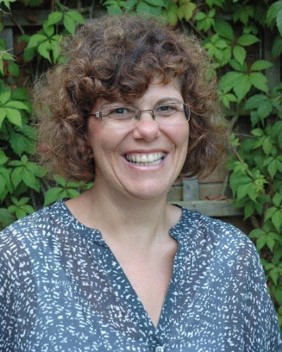 Professor Dimitra Simeonidou
Professor Dimitra Simeonidou
By traditional, Simeonidou is referring to classical optical communications.
But she also stresses new developments: the use of optical fibres for environmental sensing, optics for satellites, and quantum.
"Quantum is like a micro-OFC," says Simeonidou. "You have issues from technology to subsystem to system applications now appearing in the OFC programmes."



